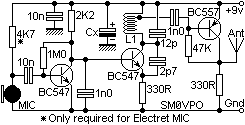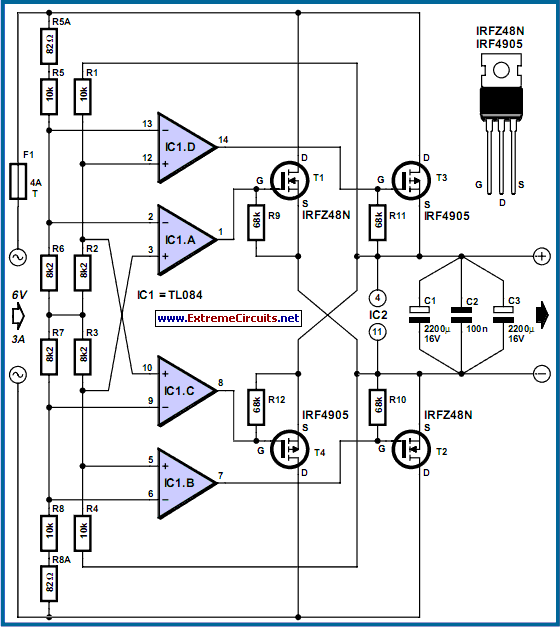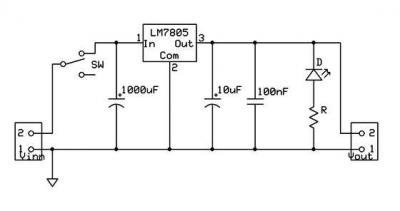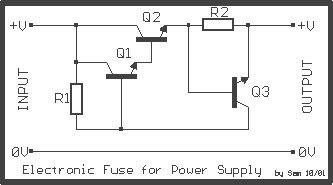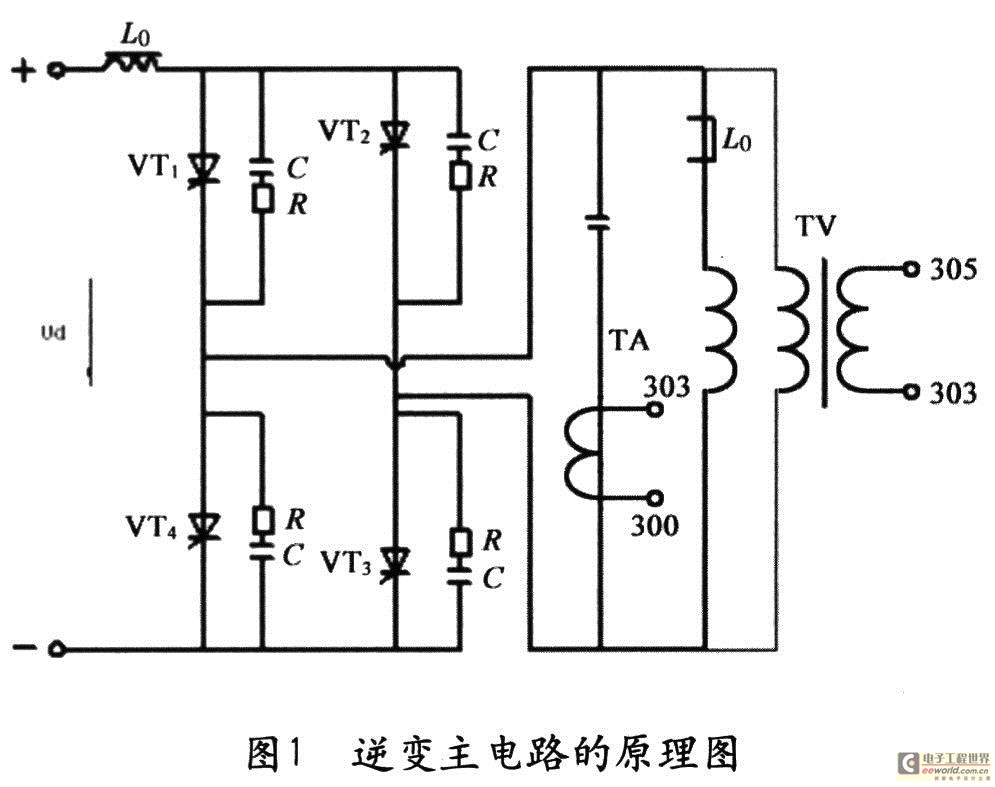
Power supplies for microcontroller based projects
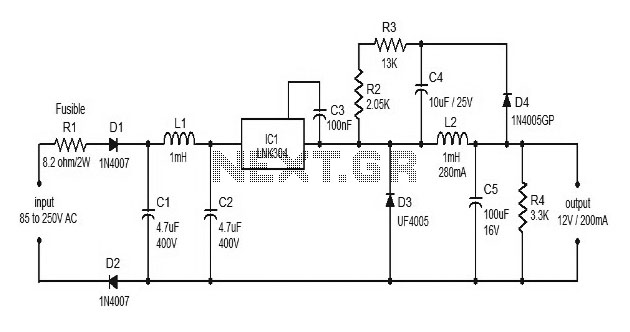
This document discusses the use of small microcontrollers, such as those from the PIC and Atmel series, which typically operate at 5V and require less than 100mA for complete system functionality. Some PICs can function at lower voltages, such as 3.3V, but the principles for power supply remain largely the same. The article focuses on low-power output supplies suitable for providing reliable low-voltage power for microcontroller-based projects. For circuits requiring currents higher than 1A, a high-power-capable supply is necessary. During circuit development, unexpected accidents, such as short circuits caused by solder bridges or incorrect wiring, can occur. If the power supply lacks current limiting and is rated for several amps, such accidents can cause severe damage to the project. Therefore, it is advisable to use a current-limited power supply. A power supply based on the 7800 series regulator is recommended for small microcontroller projects. The 7805 regulator is a widely used, inexpensive, and reliable solution that outputs a regulated +5V at its output terminal. A suitable power source would be a 12V 500mA power pack connected to a mains outlet. The regulator should not be significantly larger than the expected current demand of the project. When estimating power requirements, calculate approximately 5mA for the MCU chip, about 3mA for TTL/CMOS ICs, and 10mA for standard-sized LEDs. Always refer to the datasheets of the components to determine their operating standards and peak currents, ensuring that the power supply is rated for the peak operating current of the project. For loads of 50mA or less, a 78L05, rated at 100mA but capable of delivering slightly more, is suitable. For circuits requiring more than 50mA, the 7805 regulator can supply about 1A with an appropriate heat sink. Including a series diode in the positive line before the input capacitor is advisable, as it protects the power supply from reverse polarity connections, which can occur frequently during experiments. The input capacitor should be positioned close to the regulator IC and be at least 100uF/25V. On the output side of the regulator, a minimum of a 10uF capacitor should be present. If the regulator becomes excessively hot to touch comfortably, a larger regulator or additional heat sinking is necessary. Capacitors should be placed close to the regulator to avoid long wire runs. It is also good practice to include a decoupling capacitor near the MCU and other major ICs, typically around 100nF. For larger, more complex circuits with components spread across the PCB, additional 10uF capacitors tied to the positive and ground lines can enhance power quality and stability throughout the board. Connecting an LED through a 330-ohm resistor directly to the power supply output is also recommended, as it will illuminate when the power pack is connected, indicating that power is on and helping to prevent accidents. A circuit schematic for designing the power supply is provided. If deemed beneficial, designing a small PCB for the power supply board and populating it with components is advisable. It is crucial never to use a battery power supply without a fuse, particularly with lead-acid batteries. The fuse should be located close to the battery terminal to protect the leads, as many batteries can deliver substantial short-circuit currents that can damage valuable circuitry and create burn marks.
The design of a power supply for microcontroller-based projects should prioritize reliability and safety. A typical configuration would include a 7805 voltage regulator, which ensures a stable 5V output, suitable for most microcontrollers. The input voltage should be selected based on the regulator's specifications, with a common choice being a 12V supply capable of delivering at least 500mA. This allows for some overhead in current capacity, accommodating transient loads from the microcontroller and other components.
To enhance circuit protection, a series diode is recommended to prevent damage from reverse polarity connections. The input capacitor (100uF/25V) should be placed as close to the regulator as possible to filter out any noise and stabilize the input voltage. On the output side, a 10uF capacitor serves to smooth the output voltage and reduce ripple. The thermal management of the regulator is critical; if it becomes excessively hot, a heat sink must be added to dissipate heat effectively, ensuring the regulator operates within its safe temperature range.
Decoupling capacitors (typically 100nF) should be placed near the microcontroller and other integrated circuits to filter out high-frequency noise, which can interfere with the operation of sensitive components. For larger circuits, additional bulk decoupling capacitors (10uF) should be distributed across the PCB to maintain power integrity.
Incorporating an LED indicator connected through a resistor to the output provides a visual cue that the power supply is operational, contributing to safer experimentation and development practices. The design should also include a fuse for battery-powered applications, enhancing safety by preventing excessive current flow that could lead to component damage.
Overall, careful attention to component selection, layout, and thermal management will yield a robust power supply suitable for various microcontroller applications.Here we are working on small microcontrollers like PICs and Atmel series, which are operating from 5V and require less than 100mA for complete system typically. There are some PICs operate from lower voltages like 3. 3V, but the principals for power supply are almost the same. This article covers power supplies with low power output which is suitable as simple source of reliable low voltage power for the microcontroller based projects.
If you need currents higher than 1A to operate your circuit, you need high power capable power supply. When developing circuits unexpected accidents are not uncommon. For an example short circuit due to Solder Bridge or a wire placed in wrong hole are mostly seen. If your power supply is not current limited and has rated few Amps, then these accidents can course severe damages to you and your valuable project.
So always using current limited power supply is good idea. It is recommended to use power supply based on 7800 series regulator for small microcontroller based project. 7805 regulator is widely used cheap and reliable solution which will out put regulated +5V on its O/P terminal.
A good power source would be 12V 500mA power pack which is powered by mains power outlet. The regulator should not be too much larger than actual expected current demand of project. When estimating power, calculate as 5mA for MCU chip, about 3 mA for TTL/CMOS ICs, 10mA for regular size LED etc. Always refer datasheets of your parts to find out their operating standard and peak currents and make power supply rated to peak operating current of project.
For a load of 50mA or less use a 78L05 which is rated at 100mA but will deliver a bit more. If you need more than 50mA for your circuit, 7805 regulator can supply about 1A with heat sink on it. Having series diode in the +ve line before the input capacitor is good idea because this protects power supply when the power-pack is connected the wrong way (it happens quite often during experiments).
The input capacitor should be close to the regulator IC and at least 100uF/25V. On the output side of the regulator you should have a minimum 10uF capacitor. If the regulator gets too hot to hold comfortably for a few seconds securely between two fingers you need a larger regulator or add a heat sink. Remember, the capacitors must be close to the regulator so don`t run long wires from the board to the regulator to get to the heat sink.
It is good practice to have decoupling capacitor near MCU and other major ICs. This decoupling capacitor should be 100nF in general. If your circuit is large complex one or has components spared all over the PCB, (or Veroboard or breadboard) include few 10uF capacitors among other components which are tied to +ve and ground lines. This improves power quality and stability all over the board. Also it is good idea to connect LED through 330 ohm resistor, directly to your power supply out put. When you have connected power-pack LED will lit and indicate you power is ON and will help you to avoid unfortunate accidents.
Refer following circuit schematic to design your power supply. Also if you think it is worth, design small PCB for your power supply board and populate components on it. Never use a battery power supply without a fuse; especially a lead-acid battery. Locate the fuse close to the battery terminal so that it protects the leads as well. Many batteries can deliver large short circuit currents; well enough to fry lot of valuable circuitry and leave burn marks on you.
Any way having fuse will not protect your circuit. But will prevent thing going worse. Do not use a PC AT or ATX power supply t 🔗 External reference
The design of a power supply for microcontroller-based projects should prioritize reliability and safety. A typical configuration would include a 7805 voltage regulator, which ensures a stable 5V output, suitable for most microcontrollers. The input voltage should be selected based on the regulator's specifications, with a common choice being a 12V supply capable of delivering at least 500mA. This allows for some overhead in current capacity, accommodating transient loads from the microcontroller and other components.
To enhance circuit protection, a series diode is recommended to prevent damage from reverse polarity connections. The input capacitor (100uF/25V) should be placed as close to the regulator as possible to filter out any noise and stabilize the input voltage. On the output side, a 10uF capacitor serves to smooth the output voltage and reduce ripple. The thermal management of the regulator is critical; if it becomes excessively hot, a heat sink must be added to dissipate heat effectively, ensuring the regulator operates within its safe temperature range.
Decoupling capacitors (typically 100nF) should be placed near the microcontroller and other integrated circuits to filter out high-frequency noise, which can interfere with the operation of sensitive components. For larger circuits, additional bulk decoupling capacitors (10uF) should be distributed across the PCB to maintain power integrity.
Incorporating an LED indicator connected through a resistor to the output provides a visual cue that the power supply is operational, contributing to safer experimentation and development practices. The design should also include a fuse for battery-powered applications, enhancing safety by preventing excessive current flow that could lead to component damage.
Overall, careful attention to component selection, layout, and thermal management will yield a robust power supply suitable for various microcontroller applications.Here we are working on small microcontrollers like PICs and Atmel series, which are operating from 5V and require less than 100mA for complete system typically. There are some PICs operate from lower voltages like 3. 3V, but the principals for power supply are almost the same. This article covers power supplies with low power output which is suitable as simple source of reliable low voltage power for the microcontroller based projects.
If you need currents higher than 1A to operate your circuit, you need high power capable power supply. When developing circuits unexpected accidents are not uncommon. For an example short circuit due to Solder Bridge or a wire placed in wrong hole are mostly seen. If your power supply is not current limited and has rated few Amps, then these accidents can course severe damages to you and your valuable project.
So always using current limited power supply is good idea. It is recommended to use power supply based on 7800 series regulator for small microcontroller based project. 7805 regulator is widely used cheap and reliable solution which will out put regulated +5V on its O/P terminal.
A good power source would be 12V 500mA power pack which is powered by mains power outlet. The regulator should not be too much larger than actual expected current demand of project. When estimating power, calculate as 5mA for MCU chip, about 3 mA for TTL/CMOS ICs, 10mA for regular size LED etc. Always refer datasheets of your parts to find out their operating standard and peak currents and make power supply rated to peak operating current of project.
For a load of 50mA or less use a 78L05 which is rated at 100mA but will deliver a bit more. If you need more than 50mA for your circuit, 7805 regulator can supply about 1A with heat sink on it. Having series diode in the +ve line before the input capacitor is good idea because this protects power supply when the power-pack is connected the wrong way (it happens quite often during experiments).
The input capacitor should be close to the regulator IC and at least 100uF/25V. On the output side of the regulator you should have a minimum 10uF capacitor. If the regulator gets too hot to hold comfortably for a few seconds securely between two fingers you need a larger regulator or add a heat sink. Remember, the capacitors must be close to the regulator so don`t run long wires from the board to the regulator to get to the heat sink.
It is good practice to have decoupling capacitor near MCU and other major ICs. This decoupling capacitor should be 100nF in general. If your circuit is large complex one or has components spared all over the PCB, (or Veroboard or breadboard) include few 10uF capacitors among other components which are tied to +ve and ground lines. This improves power quality and stability all over the board. Also it is good idea to connect LED through 330 ohm resistor, directly to your power supply out put. When you have connected power-pack LED will lit and indicate you power is ON and will help you to avoid unfortunate accidents.
Refer following circuit schematic to design your power supply. Also if you think it is worth, design small PCB for your power supply board and populate components on it. Never use a battery power supply without a fuse; especially a lead-acid battery. Locate the fuse close to the battery terminal so that it protects the leads as well. Many batteries can deliver large short circuit currents; well enough to fry lot of valuable circuitry and leave burn marks on you.
Any way having fuse will not protect your circuit. But will prevent thing going worse. Do not use a PC AT or ATX power supply t 🔗 External reference
